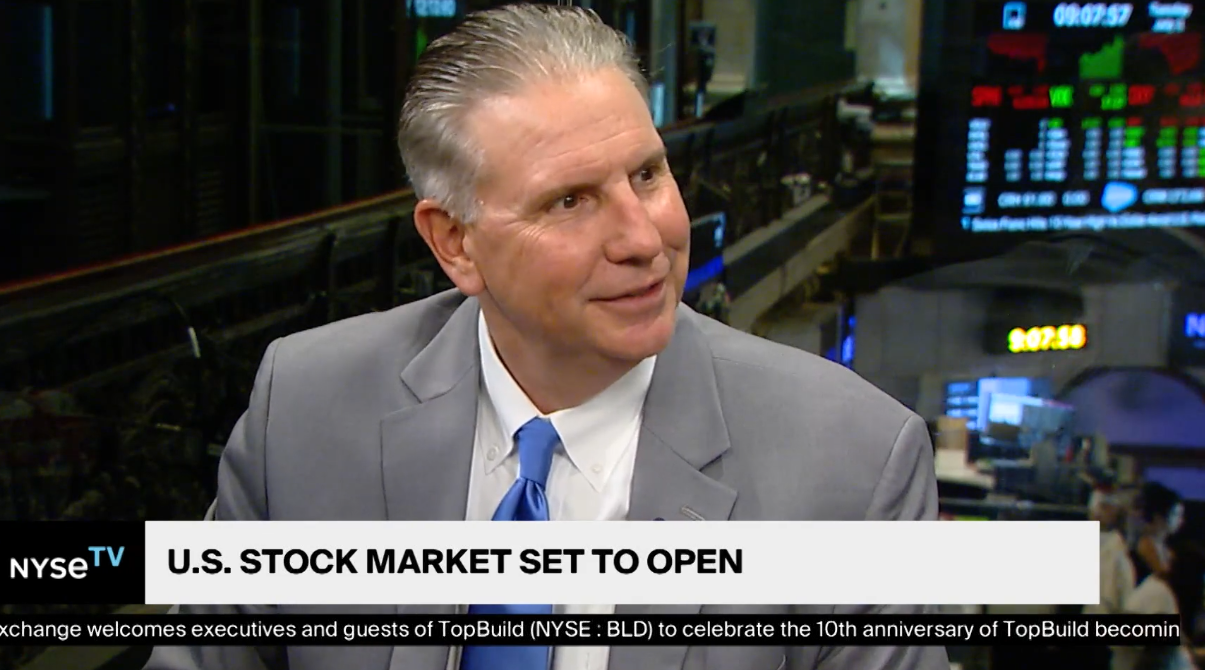
Last Week’s Markets in Review: Fed Raises Rates Again as Economy Slows

Global equity markets finished lower for the week. In the U.S., the S&P 500 Index closed the week at a level of 3,852, representing a decrease of 2.05%, while the Russell Midcap Index moved -2.06% lower last week. Meanwhile, the Russell 2000 Index, a measure of the Nation’s smallest publicly traded firms, returned -1.81 over the week. As developed, international equity performance and emerging markets were lower returning -2.13% and -2.09, respectively. Finally, the 10-year U.S. Treasury yield moved lower, closing the week at 3.48%.
As widely anticipated, the Fed raised interest rates by another 50 Bp (0.50%) on Wednesday, bringing the Fed Funds Target Rate within a range of 4.25% – 4.50%. The 50 Bp rate hike represents a scaling back of the increments of rate hikes by the Federal Reserve, as the four previous rate hikes were 75 Bp (0.75%) each. Chairman Powell continued to demonstrate his resolve to reduce inflation as evidenced by the following statement: “Over the course of the year, we have taken forceful actions to tighten the stance of monetary policy. We have covered a lot of ground, and the full effects of our rapid tightening so far are yet to be felt. Even so, we have more work to do. Price stability is the responsibility of the Federal Reserve and serves as the bedrock of our economy.”
It is our opinion that this scaling back of rate increases, in addition to the lower levels of inflation reported in the recent Producer Price Index (PPI) and Consumer Price Index (CPI) releases, suggests that the worst may now be behind us. For example, following this rate hike of 50 Bp, if the Fed were to raise rates by 25 Bp following each of their first three meetings of 2023, the Fed Funds Target Rate would then be in their newly forecasted terminal range of 5.00% – 5.25%. Regardless, it is highly probable that inflationary pressures, additional rate hikes (most likely smaller), and market volatility will continue into the first half of 2023.
The previously mentioned November CPI was released last Tuesday and demonstrated that the Fed’s monetary policy was slowing the economy. The index rose just 0.1% from October, well below the estimated increase of 0.3%. Additionally, the actual increase of 7.1% on a year-over-year basis was below the 7.3% estimate. Finally, both monthly and annual core inflation numbers were below estimates as well.
Last Thursday, the market received additional information suggesting that the economy is slowing due to monetary policy. The Commerce Department reported retail sales for November. The monthly decline was 0.6%, even worse than the consensus estimate decline of 0.3%. The pullback in spending was widespread across all categories. Furniture and home furnishings stores were affected greatly, with a decrease of 2.6%. Other discretionary, big-ticket categories like motor vehicles and building materials were also off by over 2%. These results should not be surprising as the fear of a recession and the increased cost of credit is affecting consumers’ behavior.
The culmination of the weekly events and data caused a meaningful selloff across the equity markets as the fear of a deeper recession got into the mindset of the Nation. As we begin a new week, investors will ask if the U.S. economy will continue to move forward at a much slower pace, as the Fed desires, or has the Fed overcooked monetary policy and pushed us into a deeper recession? We will continue to monitor and analyze events as they present themselves.
Happy Holidays, everyone, and best wishes for the week ahead!
Information related to the Federal Reserve’s interest rate increase is sourced from the Federal Reserve. CPI data is sourced from the Labor Department. Retail sales data is sourced from the Commerce Department. Monthly employment data is sourced from the Department of Labor. Equity Market and Fixed Income returns are from JP Morgan as of 12/16/22. Rates and Economic Calendar Data from Bloomberg as of 12/16/22. International developed markets are measured by the MSCI EAFE Index, emerging markets are measured by the MSCI EM Index, and U.S. Large Caps are defined by the S&P 500 Index. Sector performance is measured using the GICS methodology.
Disclosures: Past performance does not guarantee future results. We have taken this information from sources that we believe to be reliable and accurate. Hennion and Walsh cannot guarantee the accuracy of said information and cannot be held liable. You cannot invest directly in an index. Diversification can help mitigate the risk and volatility in your portfolio but does not ensure a profit or guarantee against a loss.



